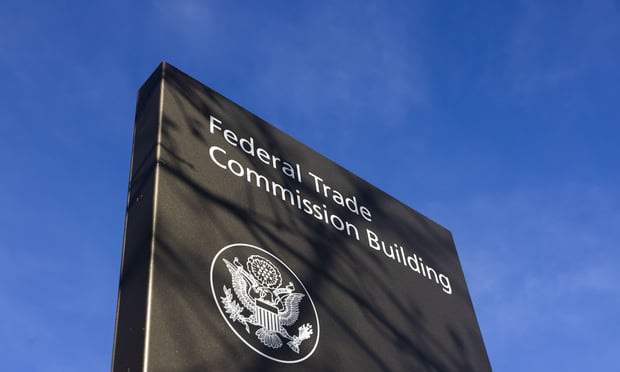
For Gen Z workers, weekly one-on-one meetings with their managerthat include emotional check-ins make all the difference in theworld, according to 15Five's report, "TheNext Generation Workplace."
|"Not everyone is comfortable discussing mental and emotionalhealth, and nowhere is the comfort gap felt more than between thevarious generations of workers," the authors write. "The currentworkplace represents a melting pot of Gen Zers, baby boomers, andmillennials—which is a beautiful thing for a collaborative,evolving workplace. But these differences also have the tendency tostall more intimate one-on-one discussions."
|15Five surveyed 1,000 full-time U.S. workers and found that 75percent of Gen Zers have asked for personal advice during aone-on-one with their manager, while only 23 percent of babyboomers have done the same.
|"Mental and emotional health can be uncomfortable topics ingeneral, but even more so for those who are unsure how to broachthe subject or are unfamiliar with the appropriate languagesurrounding it," the authors write. "Without proper training andguidance on how to discuss these sensitive topics, some might findit easier not to talk about them at all."
|15Five also surveyed 500 managers and found that more than aquarter of the managers who received no training prior to taking ona leadership role say they never or very rarely ask about theirdirect reports' emotional health. This is 10 percentage pointshigher than managers who said they received at least some training.However, 79 percent of all of the managers surveyed say they wantmore managerial and leadership training.
|"Genuine conversations and consistent human connection have thepower to bridge gaps—whether they are educational, generational, orhierarchical," the authors write. "But there's a fine line betweenengaging with employees regularly and micromanaging. A healthyroutine of communication facilitates transparency and garners trustand honesty from both parties. Without those two traits,conversations and one-on-ones can't include discussions aboutmental and emotional health, let alone job dissatisfaction andperformance issues."
|For employees who have at least weekly check-ins, 73 percent areextremely confident in their managers' abilities as leaders; 84percent are always honest with their manager; 56 percent thinktheir one-on-ones are very productive and useful; 58 percent haveasked for personal advice during a one-on-one; 61 percent say theirmanagers are extremely open to suggestions; and 52 percent usetheir companies' employee assistance programs.
|On the other hand, for employees with less-than-weeklycheck-ins, 41 percent are extremely confident in their managers'abilities as leaders; 58 percent are always honest with theirmanager; 29 percent think their one-on-ones are very productive anduseful; 29 percent have asked for personal advice during aone-on-one; 27 percent say their managers are extremely open tosuggestions; and 28 percent use their companies' employeeassistance programs.
|Weekly one-on-one meetings between workers and their managersbenefits the entire organization, according to the survey results."The ROI speaks for itself: Fifty percent of employees who havevery productive and useful one-on-ones plan to stay at theirorganizations for five or more years," the authors write. "In otherwords, supporting the whole employee is an incredible retentiontool. Not only do supported, engaged, and happy employeescontribute to a positive, human-centric work culture, but theirsupport trickles down to the customer experience."
|15Five recommends that employers follow a one-on-onechecklist:
- Establish a regular cadence. Makesure that conversations are consistent. Try 30 minutes once a weekto start.
- Encourage two-way communication.Discussions are only effective when both parties are engaged andparticipatory.
- Prepare an agenda. Use timeeffectively by having a concept of the conversation flow beforemeeting.
- Do your homework. Come with talkingpoints, objectives, and priorities gathered from the previousweek.
- Begin by touching base. Get a pulseon how both of you are feeling. Building trust will encouragehonesty.
- End with action items. Assemble keytakeaways from the conversation as objectives for the nextone-on-one.
|
From: BenefitsPro
Complete your profile to continue reading and get FREE access to Treasury & Risk, part of your ALM digital membership.
Your access to unlimited Treasury & Risk content isn’t changing.
Once you are an ALM digital member, you’ll receive:
- Critical Treasury & Risk information including in-depth analysis of treasury and finance best practices, case studies with corporate innovators, informative newsletters, educational webcasts and videos, and resources from industry leaders.
- Exclusive discounts on ALM and Treasury & Risk events.
- Access to other award-winning ALM websites including PropertyCasualty360.com and Law.com.
*May exclude premium content
Already have an account? Sign In
© 2024 ALM Global, LLC, All Rights Reserved. Request academic re-use from www.copyright.com. All other uses, submit a request to [email protected]. For more information visit Asset & Logo Licensing.








